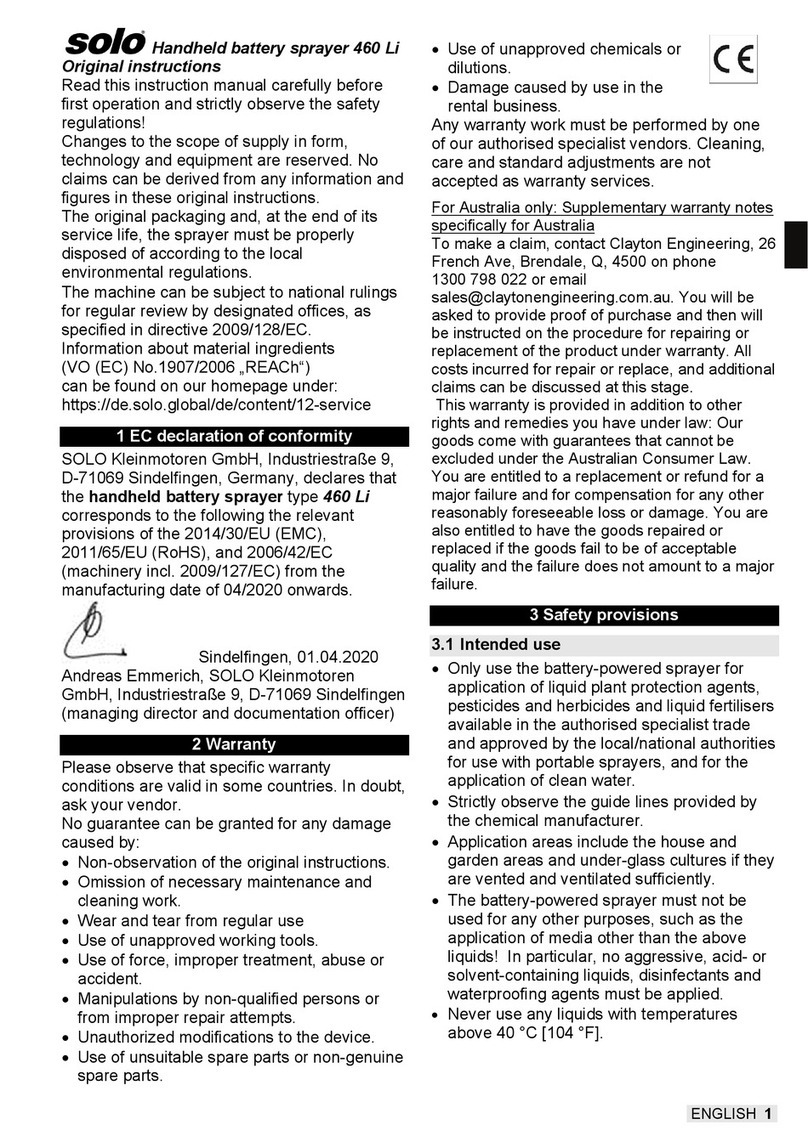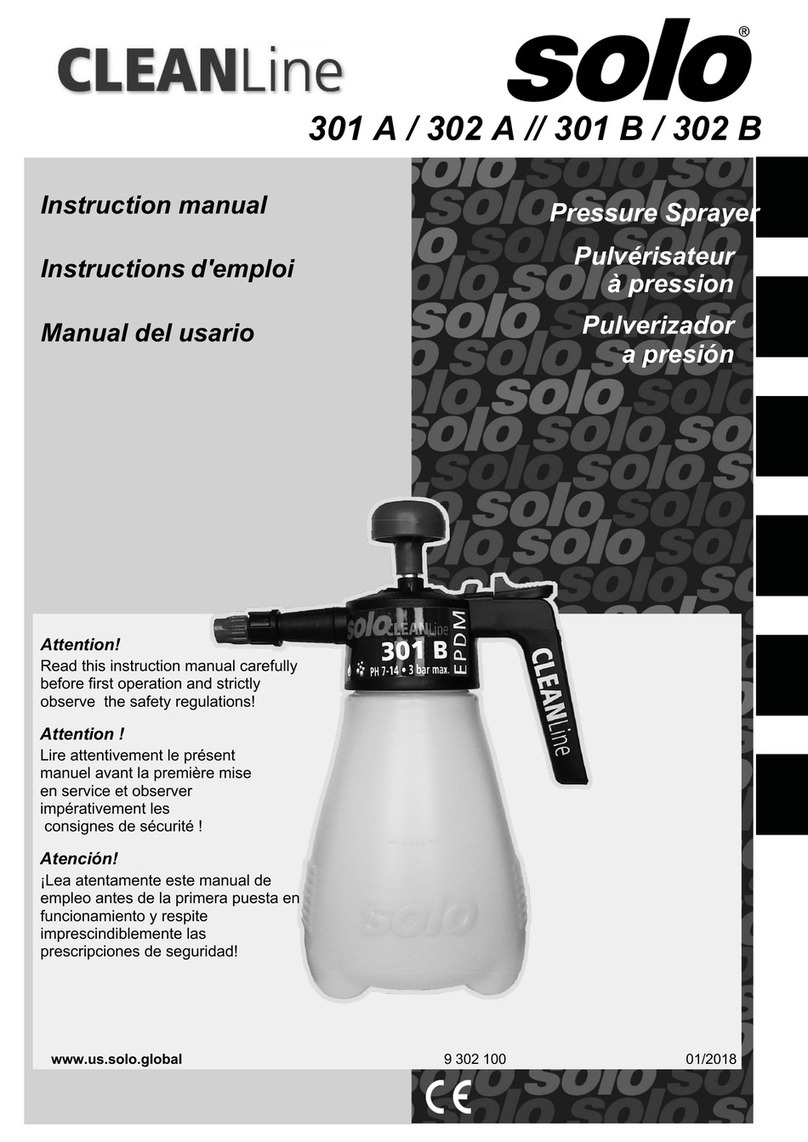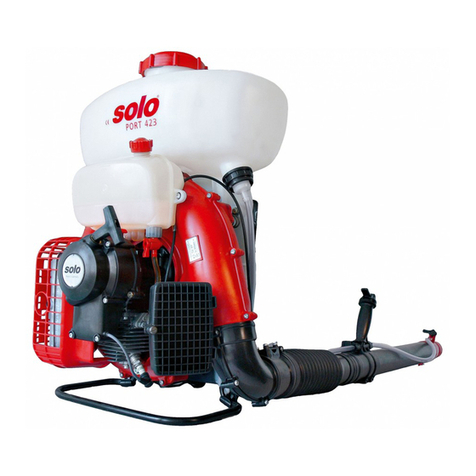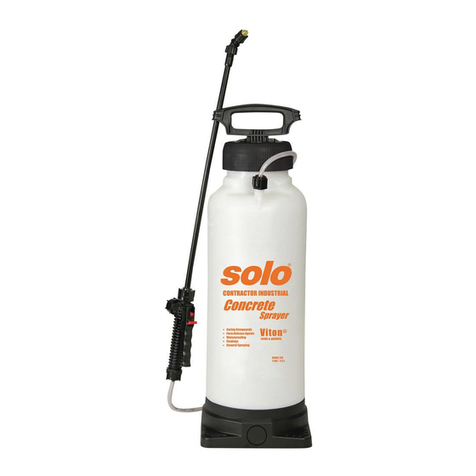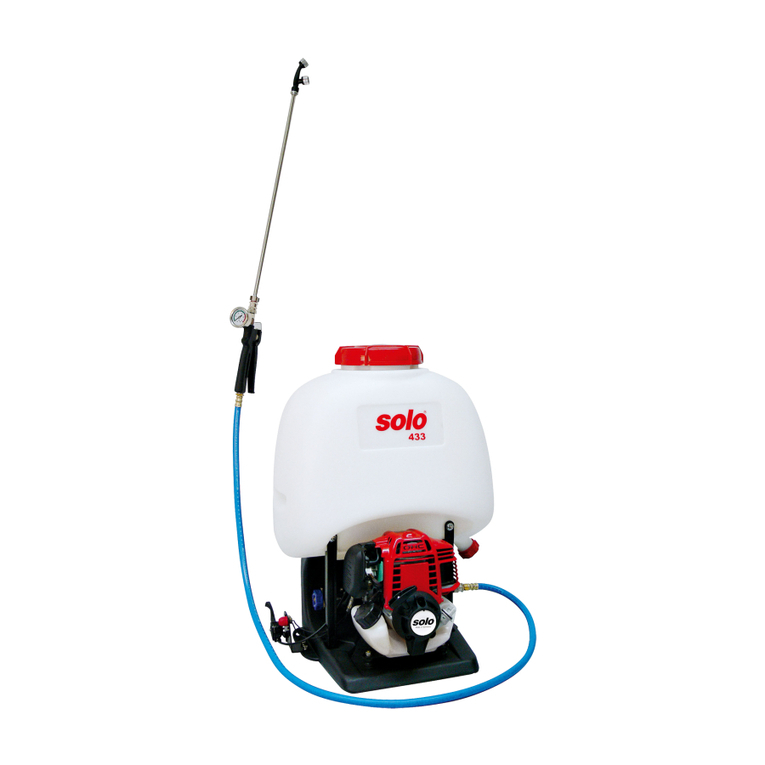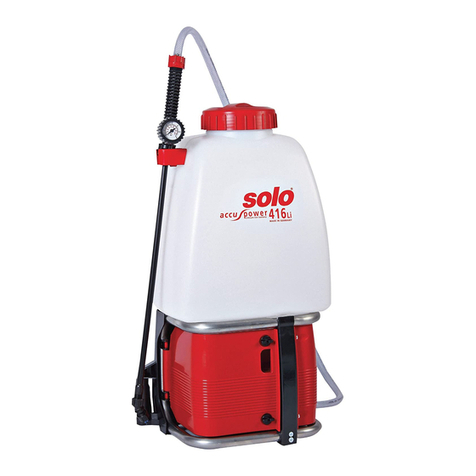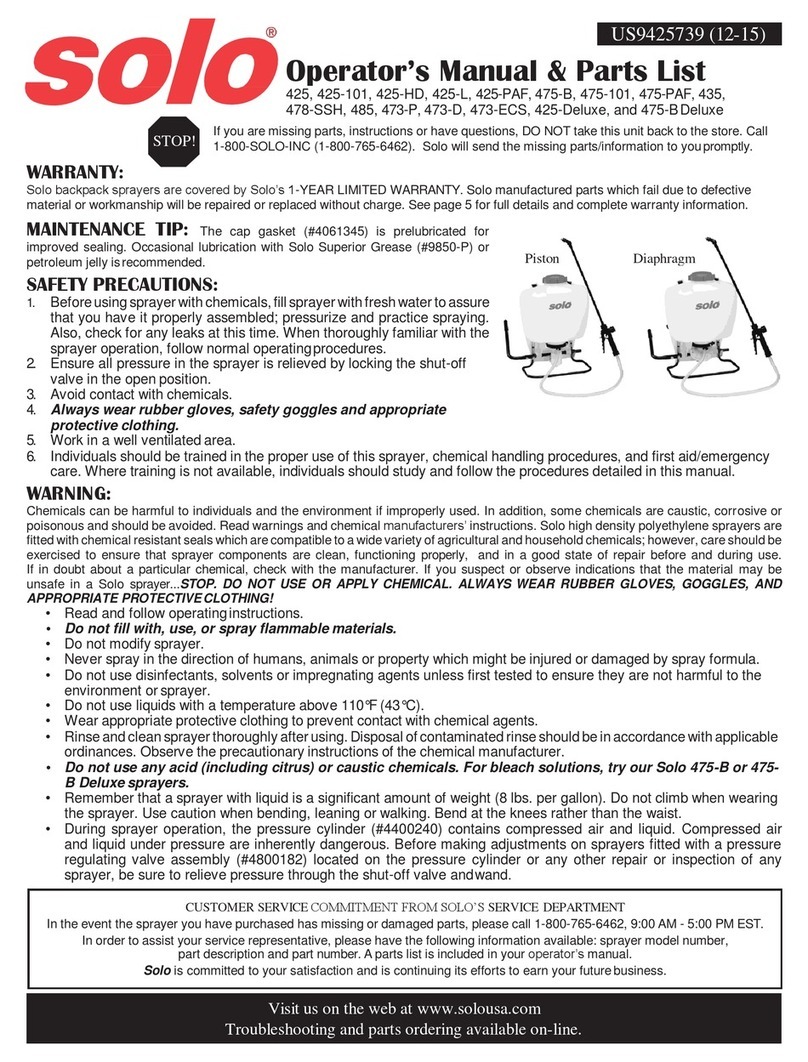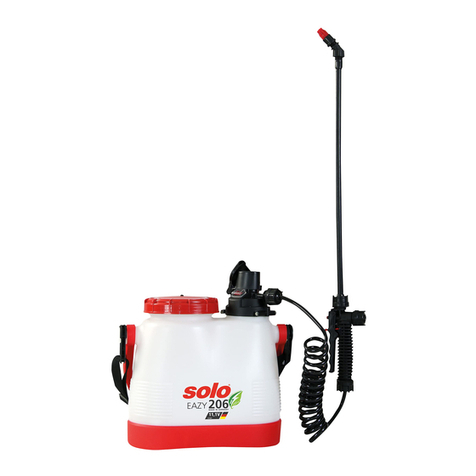
1-3
Safety Information
Safety Information
Know How the SOLO is Different
What kind of vehicle is the SOLO?
The SOLO is a three-wheeled, single-occupant passenger
electric vehicle with an enclosed cabin. Three-wheeled vehicles
with seats and steering wheels, rather than saddles and
handlebars, are often called “autocycles” because they are
classified by some regulations as motorcycles, but have some
characteristics that are more typical of automobiles.
The National Highway Traffic Safety Administration (NHTSA)
defines “motorcycle” as “a motor vehicle with motive power
having a seat or saddle for the use of the rider and designed to
travel on not more than three wheels in contact with ground”
(49 CFR 571.3). Therefore, the SOLO is required to meet
motorcycle safety standards, not passenger car safety
standards.
How does the SOLO compare to motorcycles and automobiles
in terms of safety?
When you choose a vehicle, you should consider safety. Every
vehicle has different safety characteristics. The SOLO meets
motorcycle safety standards, and has safety advantages when
compared to a conventional motorcycle. The seatbelt and
enclosed structure of the vehicle provide protection that a
typical motorcycle lacks. The three-wheeled design provides
stability to help avoid certain common types of motorcycle
accidents. Compared to a conventional motorcycle, the SOLO
is generally the safer choice.
The SOLO is not designed or tested to meet all motor vehicle
safety standards. While it does meet some requirements (such
as seat retention, seatbelt anchorages, head restraints, roof
crush resistance, and backup cameras), it does not meet or has
not been tested for other requirements (such as occupant
crash protection or rollover resistance).
NHTSA’s New Car Assessment Program (NCAP) provides 5-
star safety rating for automobiles. Similarly, the Insurance
Institute for Highway Safety (IIHS) rates automobile safety
based on tests that differ slightly from NHTSA’s NCAP.
Because the SOLO is not an automobile and has not been
tested to the same standards, it does not have a rating from
NCAP or IIHS.
In summary, while the SOLO is generally safer than a typical
motorcycle, it presents a greater risk of injury or death
compared to a contemporary automobile.
Two important factors in vehicle safety are crash avoidance (the
ability of a vehicle to help you avoid a crash), and
crashworthiness (the ability of the vehicle to protect an
occupant in a crash).

